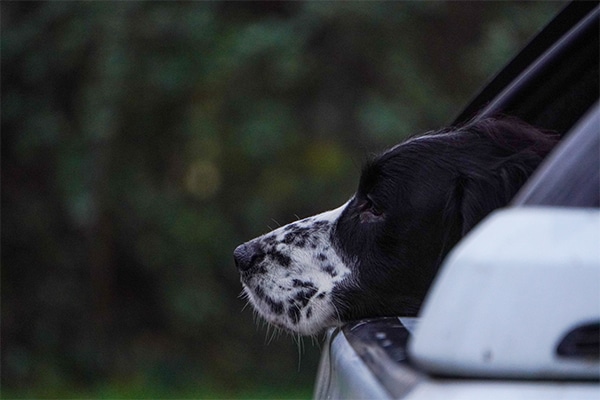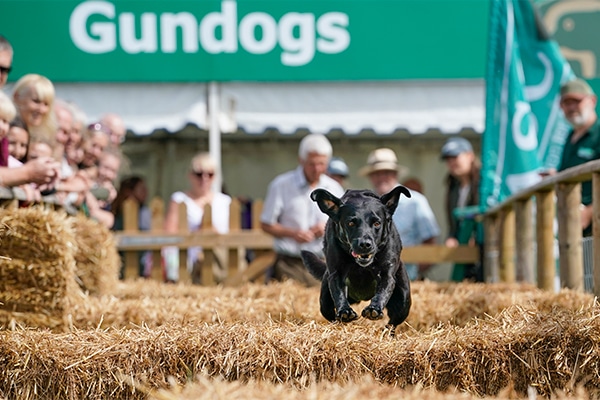
Where to start
The key to training a gundog is to make sure that training sessions are enjoyable for both you and your dog.
Get information on the legal shooting season for mammals and birds in the UK.
Apply for funding for your project or make a donation today
Comprehensive information and advice from our specialist firearms team.
Everything you need to know about shotgun, rifle and airgun ammunition.
Find our up-to-date information, advice and links to government resources.
Everything you need to know on firearms law and licensing.
All the latest news and advice on general licences and how they affect you.


Home » Gundogs » Gundog advice » Dog Breeding Regulations in England
Since 1 October 2018, there have been revised regulations surrounding the breeding and selling of puppies in England, which aimed to tighten regulations surrounding dog breeding as a business or breeding for profit.
You will need a dog breeding licence if you meet the following criteria:
You are breeding three or more litters where at least one puppy from each litter is sold in a 12-month period.
You are selling puppies commercially. Whether this be by sale, commission, fee from activity etc. This is irrespective of the number of litters produced per year.
To ascertain whether your trading income qualifies the need for a licence, look at the costs incurred in raising a litter (stud fees, food, KC registration, vet fees etc.) against the income from selling the puppies. If you roughly break even, then you are not a business operation, and no breeding licence would be required.
Breeders who breed a small number of puppies (i.e. less than three litters per year), and sell them without making a profit will be exempt from the need for a licence. However, the sale of even a small number of puppies with a high sale price would flag up the need for a licence.
£1,000 trading income is a tax threshold. Therefore, if you have an income of £1,000, you have an obligation to declare it to HMRC, at which point the costs incurred will also be assessed to determine whether tax is payable or not.
Licensed breeders receive a star rating from one to five stars based on two factors;
Welfare standards against which the breeder is operating (i.e. whether the breeder makes use of health tests)
The risk rating (based on the breeder’s history of meeting these standards)
A local authority may grant a licence for a period of one, two or three years as part of the star rating licensing model.
A breeder who has a five-star rating will be allocated a three-year licence for instance. A lower star rating means breeders will be inspected more often and pay a higher licence fee.
The only way of gaining a higher star rating is by meeting the higher standards. The higher standards are classified into two types, ones which are required and ones which are optional.
To qualify as meeting the higher standards, the business needs to achieve all of the required higher standards as well as a minimum of 50% of the optional higher standards.
In partnership with

The key to training a gundog is to make sure that training sessions are enjoyable for both you and your dog.

Whether you are new to owning and training gundogs, or want more practical advice we’ve got you covered.

You can find BASC scurry events at shows and game fairs all over the country and we also run regular gundog training and husbandry event.